Invite Nature In: Biophilic Design Principles for Interiors
Chosen theme: Biophilic Design Principles for Interiors. Step into a home page that translates nature’s patterns, materials, light, and forms into rooms that restore attention, reduce stress, and spark everyday delight—while inviting you to comment, subscribe, and share your own biophilic experiments.
What Biophilic Design Really Means
Biophilic interiors draw on two landmark theories: Stress Reduction Theory by Roger Ulrich and Attention Restoration Theory from Kaplan and Kaplan. Together, they explain why natural views, materials, and patterns reduce cortisol and mental fatigue. Tell us: which spaces help you unwind fastest—leafy balcony, sunlit desk, or a quiet, timber-lined nook?
Light, Air, and Water: Direct Connections to Nature
Aim for abundant diffuse daylight and clearer morning light at your main work spot to reinforce circadian rhythm. Studies like Heschong Mahone show daylight improves performance and mood. Use sheer curtains, light shelves, and matte finishes to reduce glare. Share your window orientation, and we’ll suggest tailoring tips.
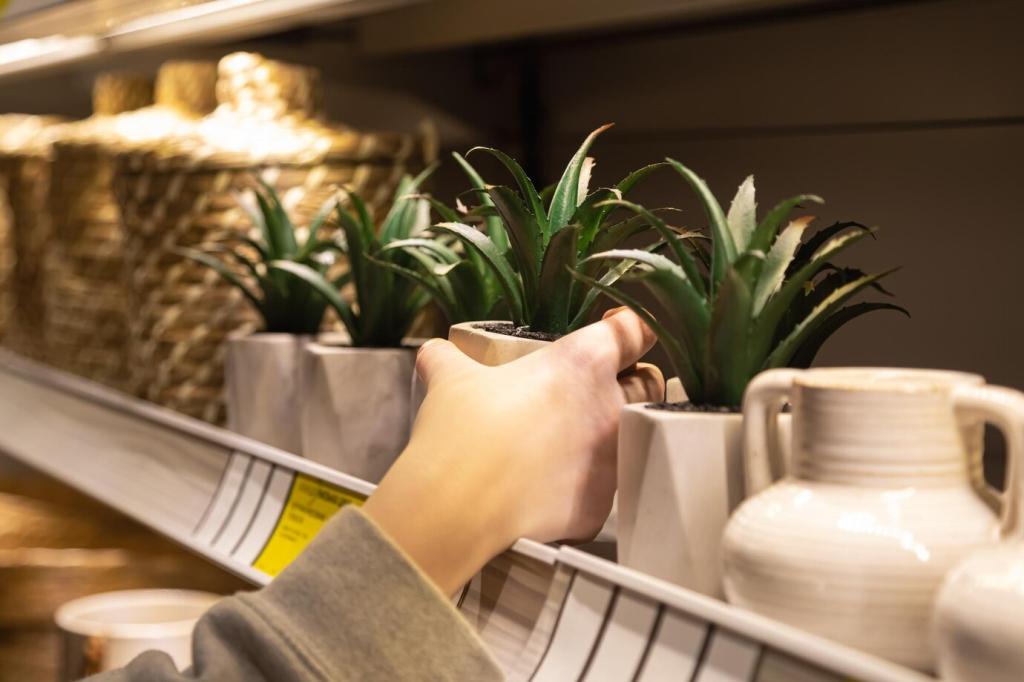
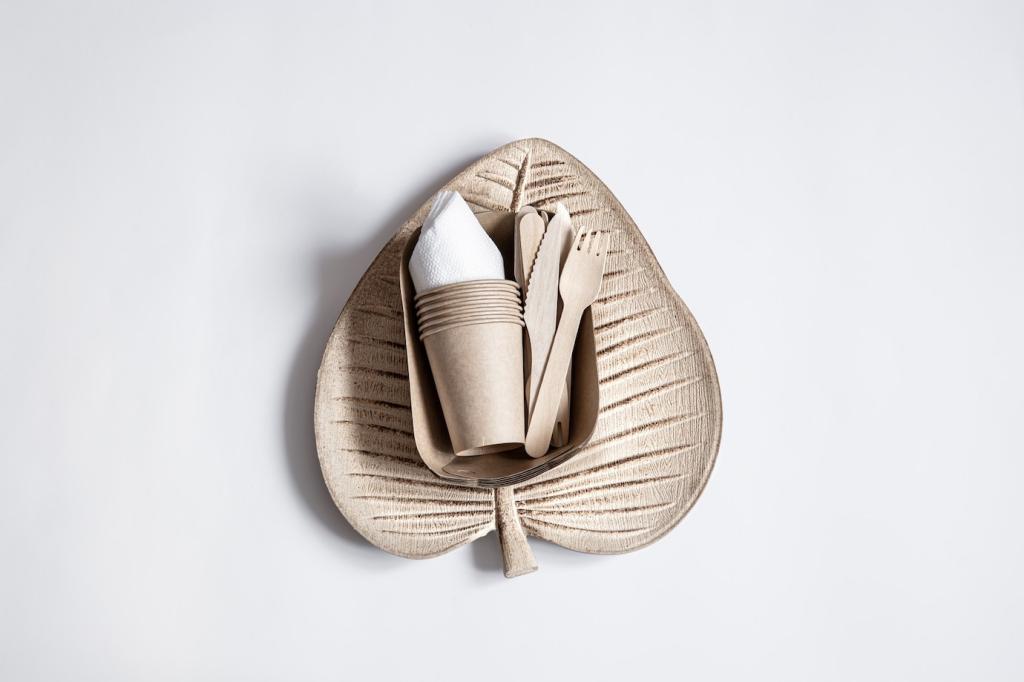
Light, Air, and Water: Direct Connections to Nature
Openable windows, cross-ventilation paths, and ceiling fans create gentle air movement linked with alertness and comfort. Add low-VOC materials and monitor CO2 for a real-time read on air quality. Plants delight, but do not replace ventilation. What’s your best trick for freshening a stuffy room without noise or drafts?
Living Materials and Greenery
Choosing Plants with Purpose
Group species by light levels and maintenance: snake plant and ZZ for low light; pothos and spider plant for easy trailing; ficus and olive for brighter rooms. Combine sculptural and cascading forms for depth. New to plant care? Subscribe for our monthly care calendar and share your sun exposure in the comments.
Healthy Substrates and Non-toxic Finishes
Natural wool rugs, solid wood with non-toxic oil, and mineral paints like limewash offer texture without heavy off-gassing. Choose FSC-certified timber and avoid vinyl in high-sun areas. Curious about your finishes? Post a photo or product link, and we’ll suggest a biophilic, healthier alternative.
Microbiophilia: Friendly Material Ecologies
Surfaces like unfinished wood host diverse, generally benign microbes and support a more natural indoor ecology. While hyper-sterile interiors may look clean, they can feel lifeless and echo sound. How do you balance hygiene with warmth at home? Let us know, and we’ll compile readers’ best practices.
Form, Pattern, and Color Inspired by Nature
Human eyes relax with mid-complexity fractals, often with dimensions around 1.3 to 1.5. Use foliage-like wallpaper, branching light fixtures, and curved edges to soften tension points. Do you prefer gentle arcs or bold organic silhouettes? Share a snapshot of your favorite object with natural geometry.
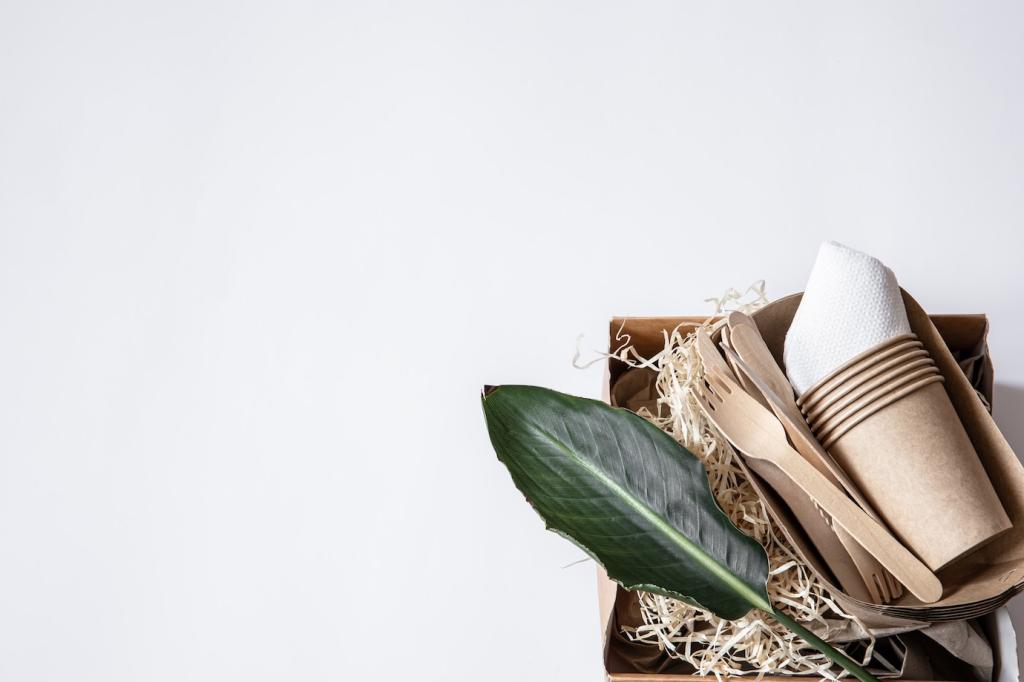
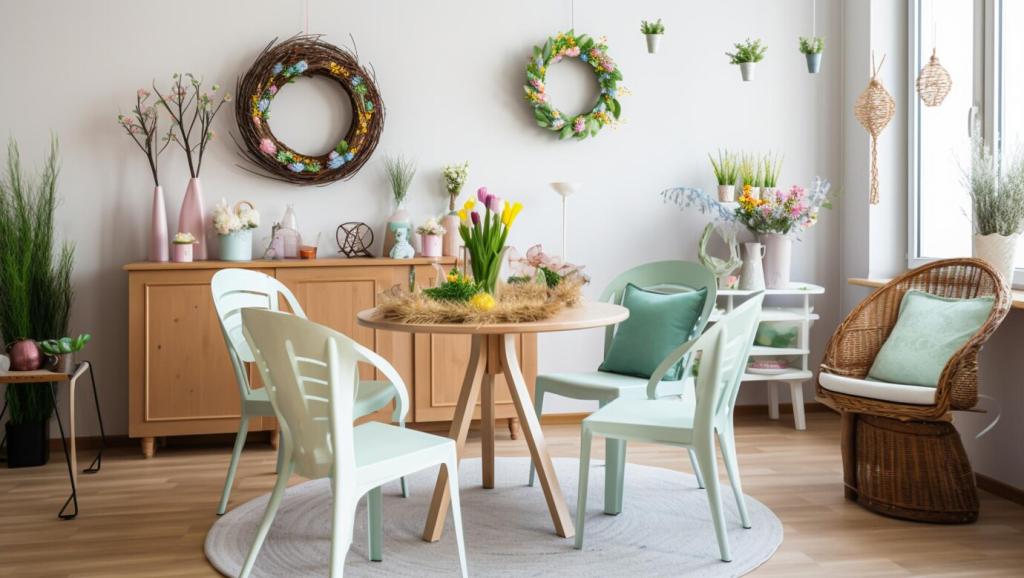
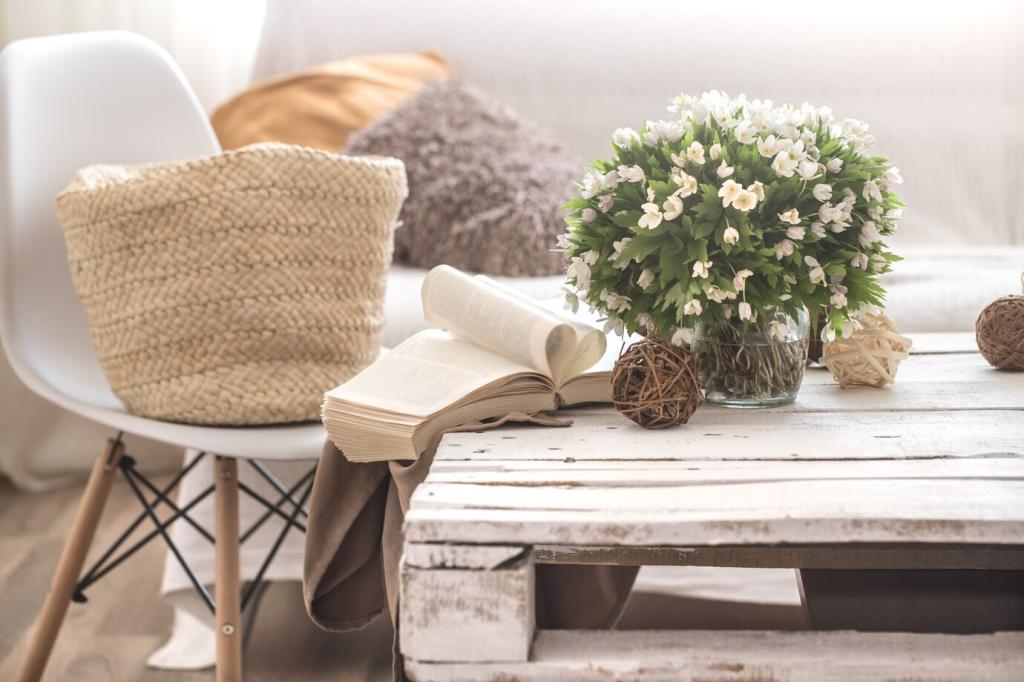
Spatial Experience: Prospect, Refuge, and Mystery
Clear sightlines to windows or long axes reduce vigilance fatigue. Raise curtain rods, lower sill clutter, and keep larger furniture out of view corridors. Even a framed landscape at the end of a hallway extends perceived distance. Share your trick for opening a small room without knocking down walls.
Spatial Experience: Prospect, Refuge, and Mystery
Create a reading alcove or work pod with a high-backed chair, side panels, and a soft rug. Add dimmable task lighting and a plant canopy overhead for gentle enclosure. Where do you retreat to think or read? Describe it, and we’ll offer biophilic tweaks to deepen comfort.
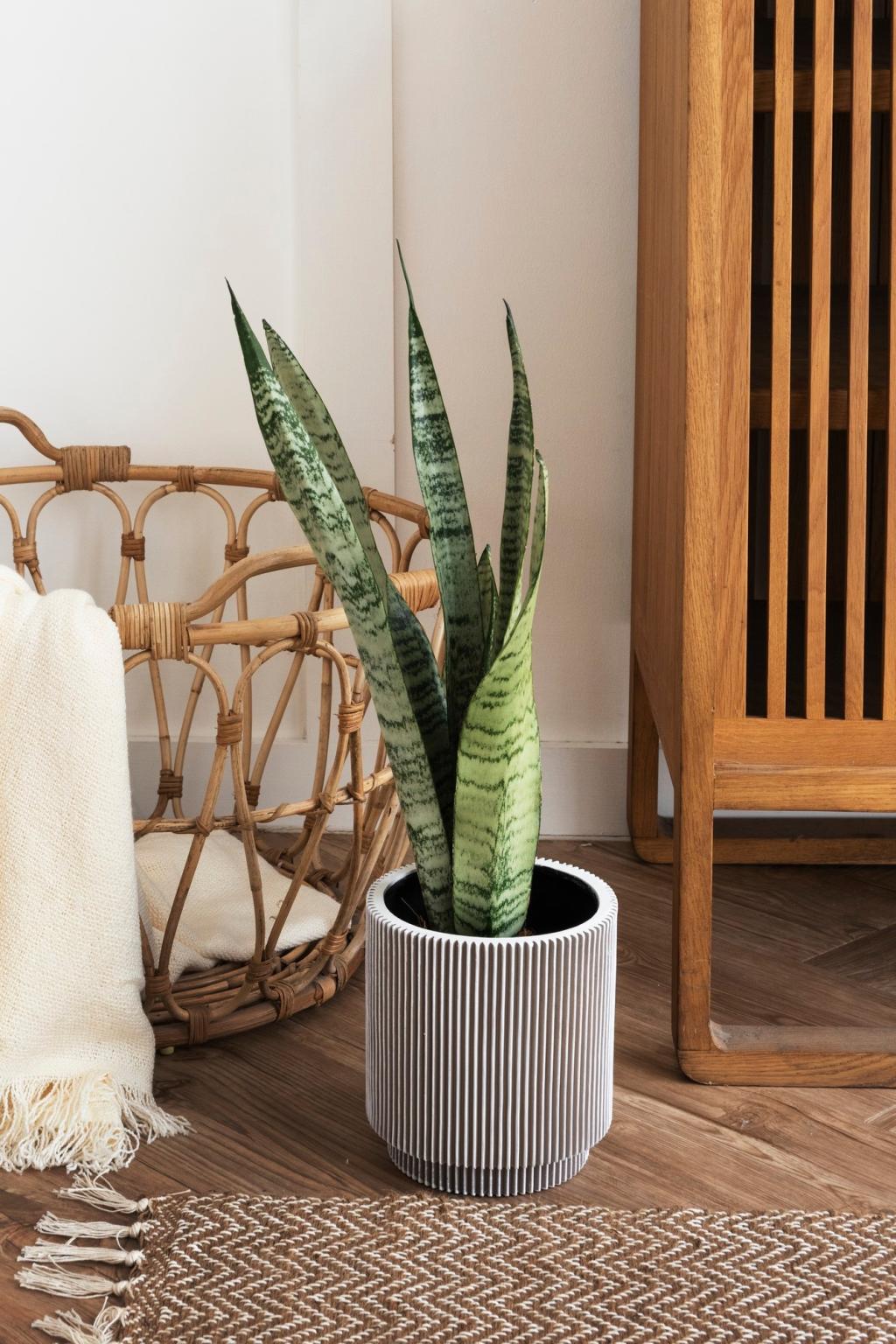
Before-and-After Wellbeing Metrics
Track sleep quality, headaches, heart rate variability, or perceived stress before and after key biophilic improvements. Add simple environmental readings: lux at desk, CO2 in living room, noise in bedroom. Want a free starter template? Subscribe, and we’ll send a one-page tracker you can print today.
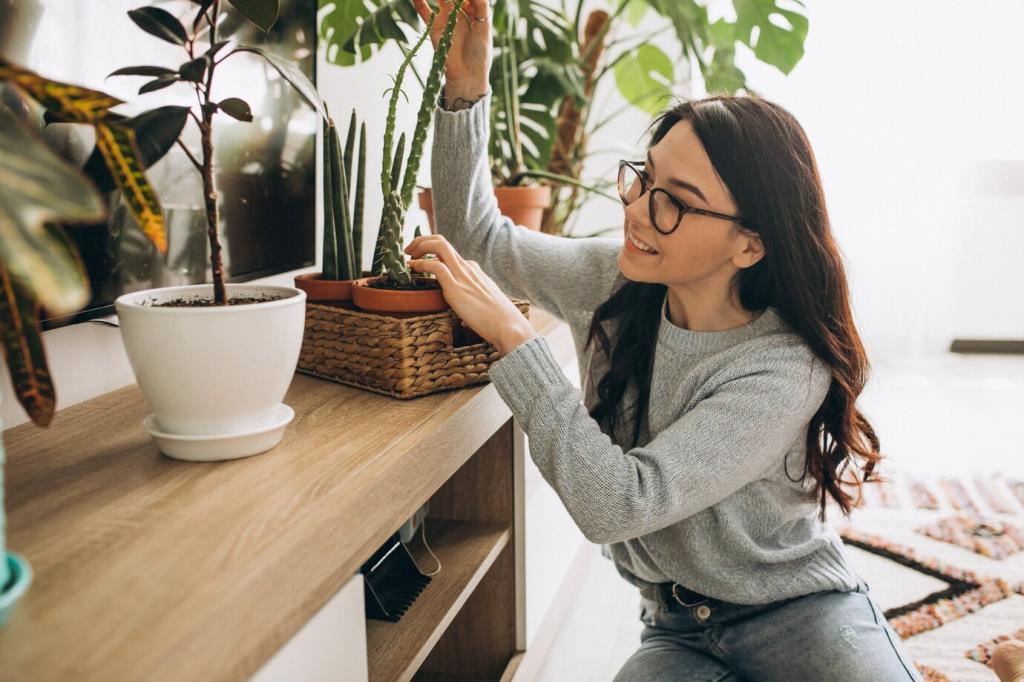
Evidence for Productivity and Learning
Daylight and natural cues correlate with higher test scores, faster recovery times, and better focus in multiple studies. We translate peer-reviewed findings into home-scale actions anyone can try. Which result surprises you most? Comment, and we’ll compile reader questions for an upcoming research Q&A post.
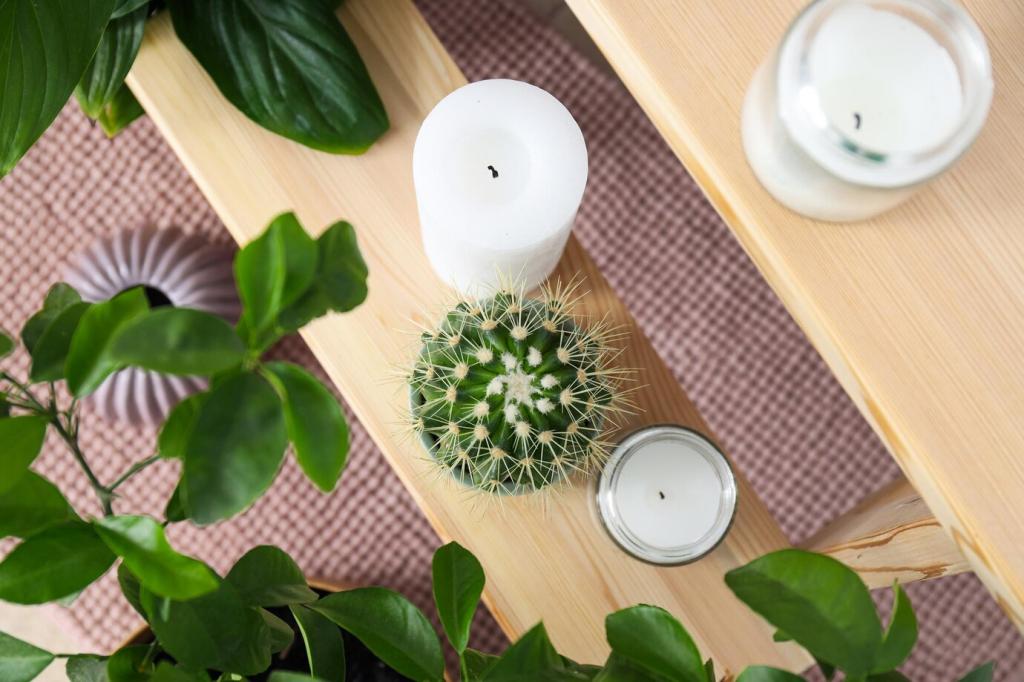
Join the Conversation, Grow the Community
Biophilic interiors get better when we share sources, failures, and joyful successes. Post a plant that changed your mood, a texture that made mornings calmer, or a lighting tweak that improved sleep. Follow, subscribe, and invite a friend who needs a nudge to let nature back in.
